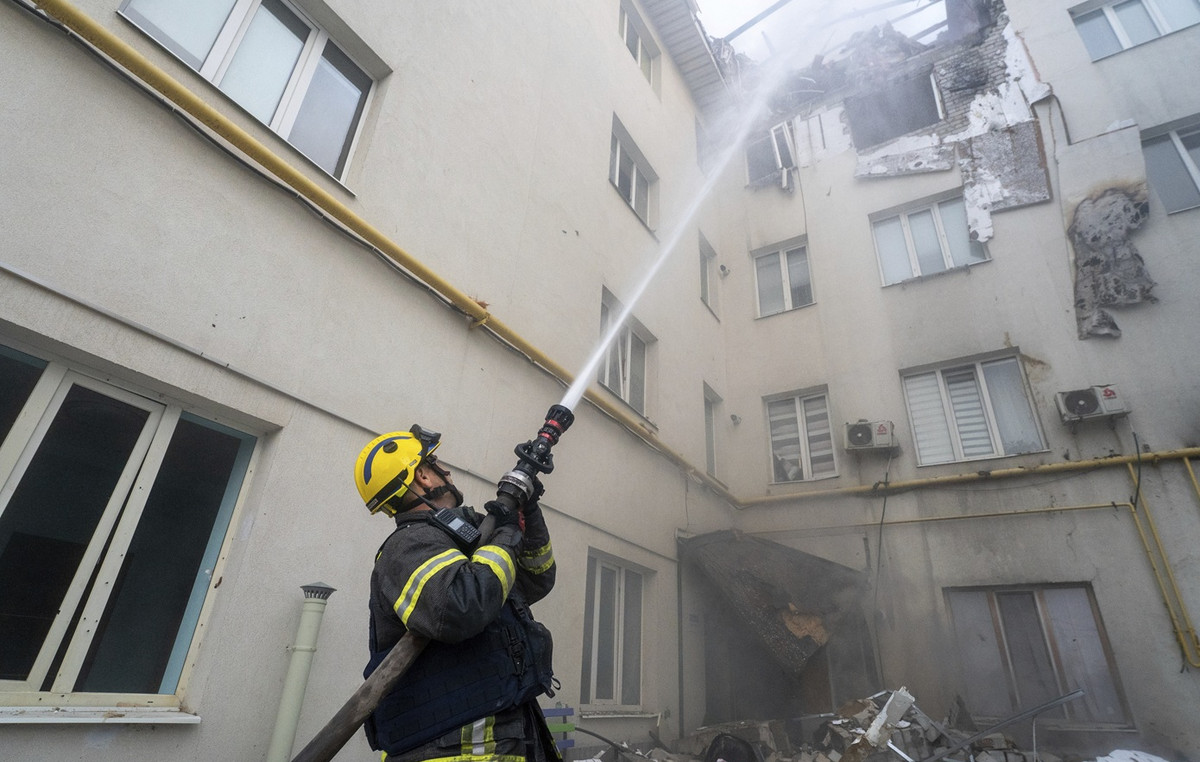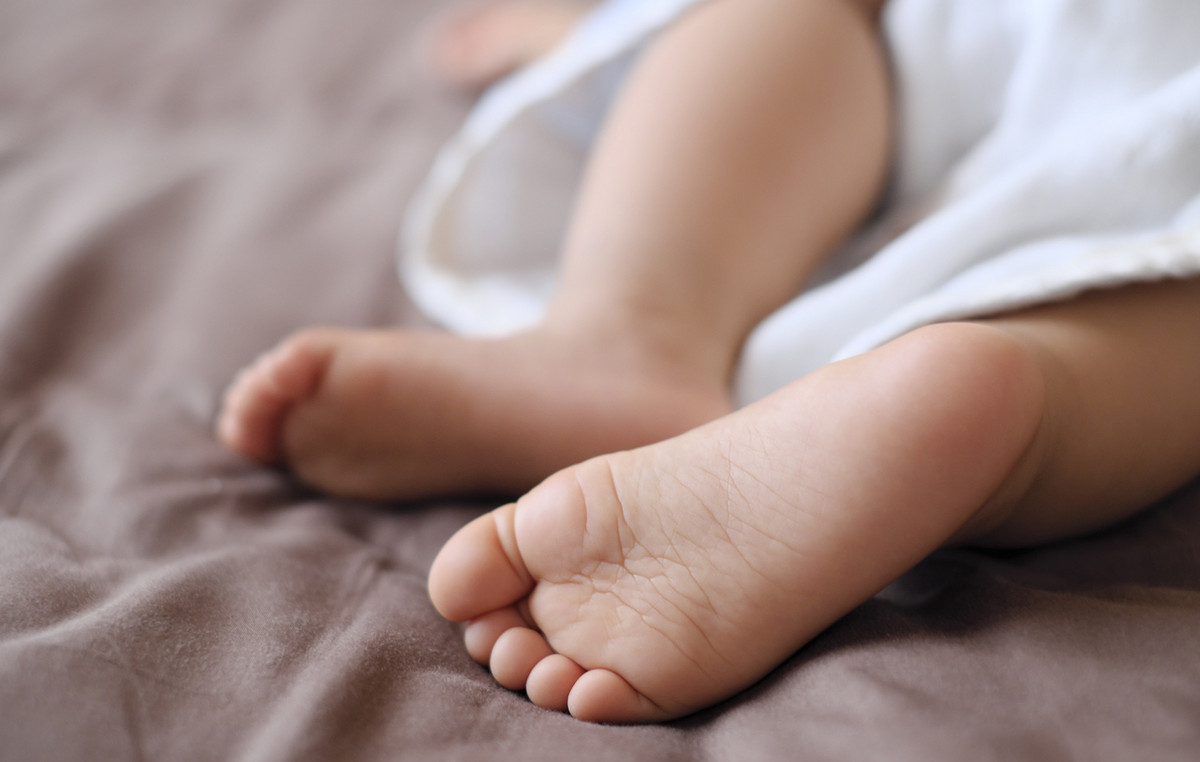the virus of monkey pox can be spread into the environment in closed hospital settings such as isolation rooms, particularly from skin particles and in debris from lesions and crusts formed by disease.
The virus is relatively resistant and, under appropriate conditions, can remain infectious on surfaces for weeks, creating a potential risk of infection for others.
The UK Health Safety Agency (UKHSA) recommends that monkeypox patients with severe illness requiring hospital admission be cared for in isolation rooms, with infection prevention and control precautions aimed at containing the virus. . However, so far it is unclear whether these measures are proportionate to the potential risks of exposure to the virus.
Analysis
To expand knowledge on the problem, researchers from the Liverpool School of Tropical Medicine, the University of Oxford Nuffield Medicine Department and the UKHSA carried out a study that collected samples from the rooms of patients hospitalized with monkeypox. The results were published in the scientific journal The Lancet Microbe.
The team assessed the extent of the spread of the virus on surfaces in specialized isolation rooms containing inpatients for the treatment of severe illness. They also investigated whether the virus was detectable in air samples from the rooms.
The researchers found that viral DNA shed by patients can be found on various surfaces in all isolation rooms (56 positive molecular diagnostic tests in 60 samples). Monkeypox virus DNA has also been found in personal protective equipment (PPE) worn by healthcare professionals who care for these patients and in antechambers where they remove their PPE. Viral DNA was also detected in 5 of the 20 air samples collected in these isolation environments.
Changing bed linen was an activity particularly associated with the detection of virus DNA in air samples in the bedroom. The findings suggest that viral particles, probably in skin particles, can become suspended in the air when sheets are changed. Monkeypox virus capable of replicating in cells under laboratory conditions (an indicator that the virus can infect other people) was identified in 2 of 4 positive samples selected for virus isolation. This includes air samples taken when changing bedding.
“Our results showed that changing a patient’s bedding appears to be particularly associated with a greater ability to detect monkeypox virus in air samples. In 2018, a UK healthcare worker was thought to have developed monkeypox after being exposed to the virus while changing a patient’s bedding, before the disease was considered and diagnosed. Our results suggest that changing the bedding used by hospitalized patients actually increases the risk of exposure to the virus by spreading the virus on bedding and allowing it to be suspended in the air,” said Susan Gould, from the Liverpool School of Tropical Medicine. , author of the study, in a statement.
virus isolation
In addition to detecting the DNA of the virus, the researchers were able to isolate viruses capable of replicating in some surface and air samples. The results reveal that the virus in some air samples taken from hospitalized patients is able to replicate in cells and is not just a “dead” virus.
“These results suggest that monkeypox virus released into the environment of a hospital patient poses an infection risk that needs to be managed,” says Susan.
The research specifically assessed exposure risks in the care of inpatients in specialized facilities in hospitals. The researchers consider that the results and recommendations may not apply to other settings, such as outpatient clinics, where patients are seen for a short period of time and interactions are different, and the virus is unlikely to accumulate to such an extent.
“It is important to note that detection of a virus, even when proven to be infectious, does not necessarily mean that exposure to the virus in real life would result in the exposed person being infected. However, it reveals a potential risk of transmission that is reasonable to control in hospital settings. Our results confirm that the strict infection prevention and control measures that we follow in specialist infectious disease centers are necessary and appropriate.” London NHS Foundation Trust.
According to the study, there is no suggestion that aerosol transmission of monkeypox virus is a common way for the infection to spread from one person to another.
“In the context of ward-based care, our findings support infection prevention and control measures designed to protect against exposure to infectious viruses on surfaces and in the air, such as appropriate PPE, as well as the application of measures designed to contain the spread of the virus. virus in the isolation rooms of hospitalized patients, including the use of negative pressure environments and equipment removal areas,” Susan said.
The study was led by scientists from the Liverpool School of Tropical Medicine and the University of Oxford, as part of the Health Protection Unit of the National Institute for Research in Health and Care in Emerging and Zoonotic Infections, which includes the University of Liverpool as a partner. .
Source: CNN Brasil
I am an experienced journalist and writer with a career in the news industry. My focus is on covering Top News stories for World Stock Market, where I provide comprehensive analysis and commentary on markets around the world. I have expertise in writing both long-form articles and shorter pieces that deliver timely, relevant updates to readers.







